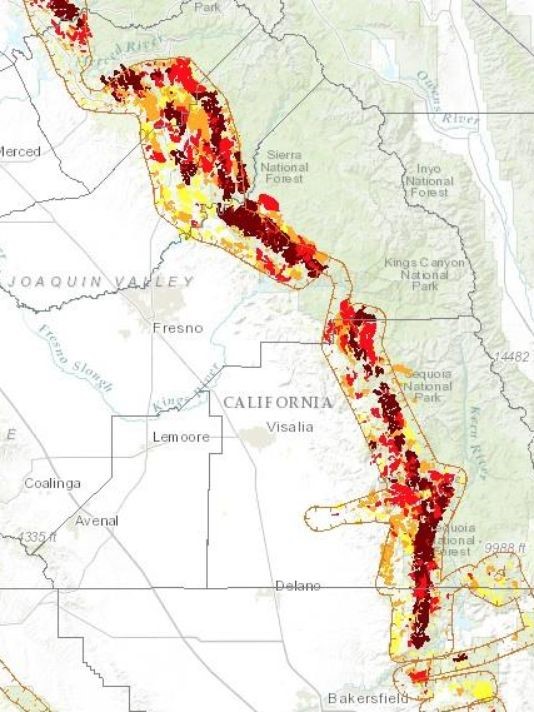Costa, McCarthy, ask to end log export ban
Visalia Times Delta
John Lindt September 26, 2016
Valley Congressman Jim Costa is asking US Ag Secretary Tom Vilsack to consider lifting a ban on log exports from Forest Service lands in the western states.
The idea has been promoted by Tulare County Supervisor Steve Worthley as perhaps the only way to clear the massive and growing backlog of millions of dead trees in the Sierra including Tulare County.
Costa, a Democrat from Fresno, says he will work to get support for the idea from other members of the Valley congressional delegation. Worthley says he has spoken to Kevin McCarthy’s office, the GOP congressman from Bakersfield, about the possibility of a waiver of the current law due to the emergency conditions and that they were supportive as well.
A US Forest Service spokesperson said they are discussing the idea. He added that even if Vilsack opts to make an executive waiver, it could a take a year before any logs head overseas. Congress could also act on the idea.
The law was put in place when the western timber industry sought to protect their source of supply. That industry is now a shadow of its former self. Tulare County for example, has only one sawmill left, in Terra Bella.
The State of California has organized a Tree Mortality Task Force that includes Forest Service staff looking at ways to reduce the “fuel load” in the Sierra with miles of dead trees — essentially like standing match sticks waiting to light up.
Costa released this statement:
“Dealing with the 66 million dead trees and dangerous wildfires in California requires a comprehensive approach, and all strategies to address the crisis should be on the table. Modifying the application of the policy on the export ban of unprocessed timber from federal lands could give the US Forest Service an outlet for getting rid of the dead trees already cleared.”
“We must allow for further and potentially more aggressive forest management efforts, preventing the spread and intensity of future wildfires. This policy change could ensure that trees removed for forest health and safety purposes will not go to waste. I will be leading a letter to US Department of Agriculture Secretary Tom Vilsack requesting that the Forest Service analyze how the export ban is applied in regions across the west that have been ravaged by tree mortality and resultant wildfires. The letter will be circulated to my colleagues in the California delegation, and I will urge them to support this effort by joining me in signing the letter. This is one of many management tools that we must employ at local, state, and federal levels. The goal is to reduce fire hazards as soon as possible and better manage our forests for multiple purposes for the future.”
Meanwhile, Tulare County is complaining this month to the US Forest Service about the federal agency’s long term plan to manage the forest. They pointed out that they are using 5- to 10-year-old data that does not recognize the epidemic happening right now. In comments to be approved at today’s Board of Supervisors meeting, a letter from the county to the Forest Service says about 100,000 acres of pine vegetation just in the Sierra National Forest is dead as a result of the on-going drought and beetle infestation.
Nothing but dead trees
The letter goes to say that Forest Service plots show that in late 2015 – 60 percent of the trees were dead – climbing to 85 percent as of early this summer and that the “epidemic is likely to kill the remaining 15 percent of the pine type in the Sierra National Forest by fall 2016.”
“Without removal of much of the dead material and replanting, the pine vegetation will convert to Chaparral – drastically altering the ecosystem.”
In Tulare County alone, there is an estimated 8.1 million trees that need some sort of management and he fears pine trees in the Sequoia National Monument, an area left out of the current FS draft plan, may not be able to be removed according to government rules,” Worthley said.
He wonders if “officials may fear they will be sued if they move on this.”
Without a live forest – Worthley fears loss of snow with the shade loss, reduced soil water holding capacity and loss of habitat for endangered species as just a few consequences besides the danger of huge catastrophic fires.
“If just beginning to clear the dead trees takes a year to start, at least we will be doing something” about the problem, concludes the supervisor.
“You can’t just continue the policy of more passive forest management,” he added.


